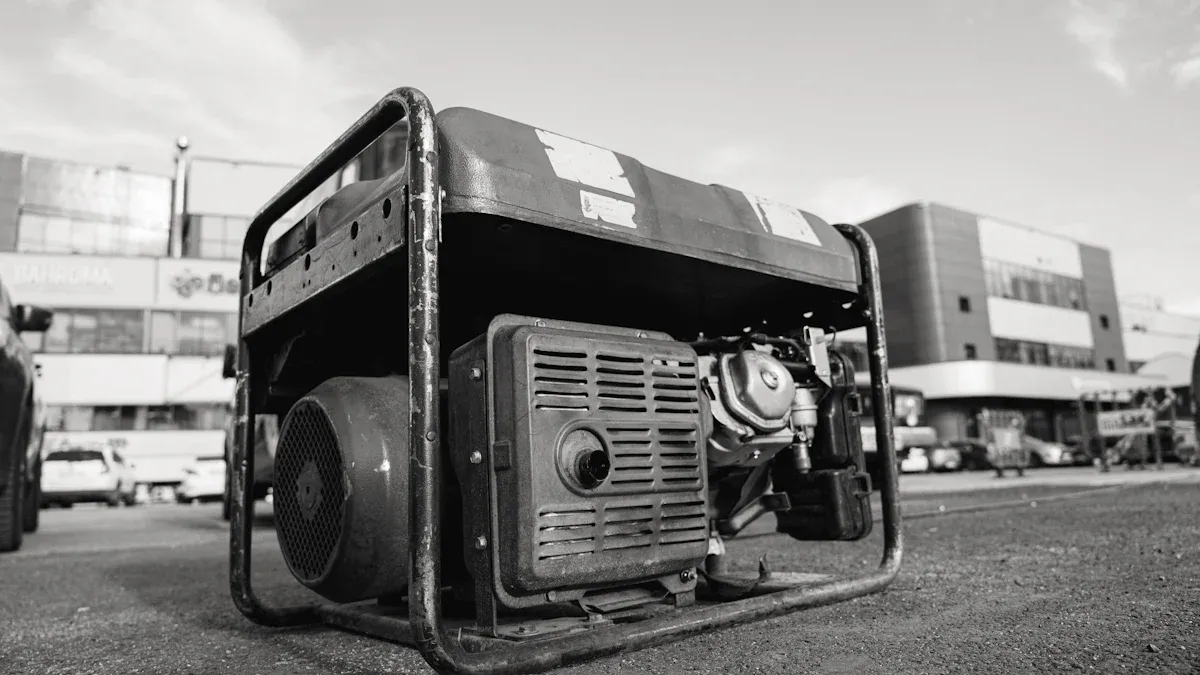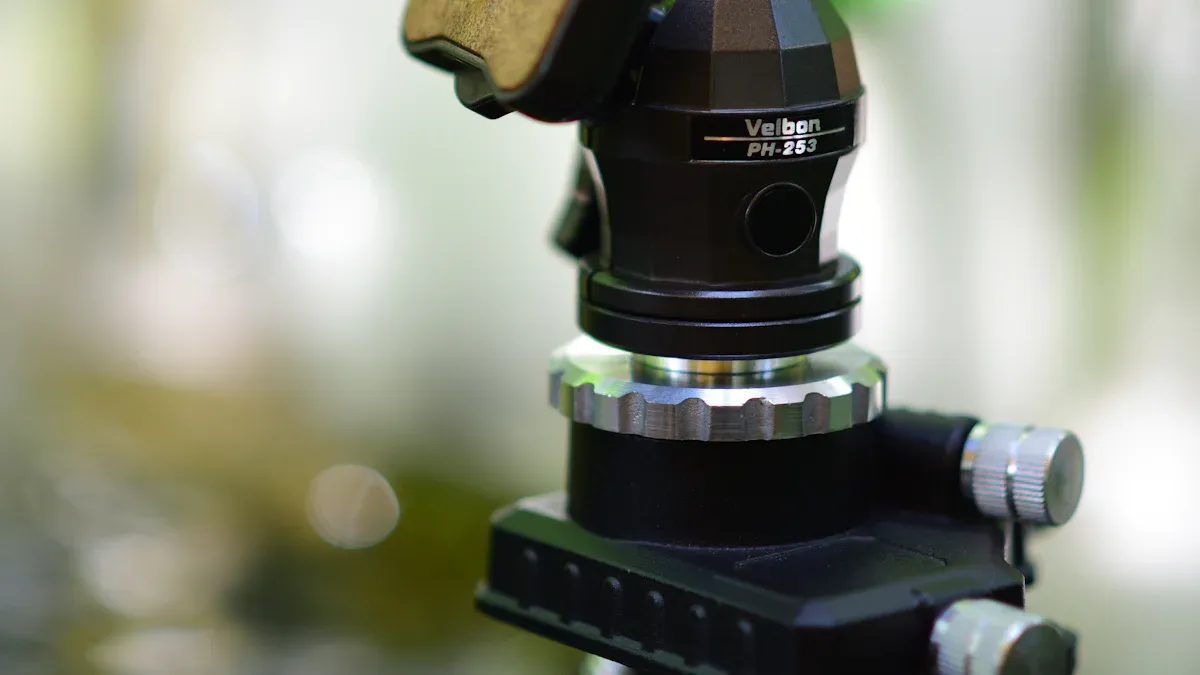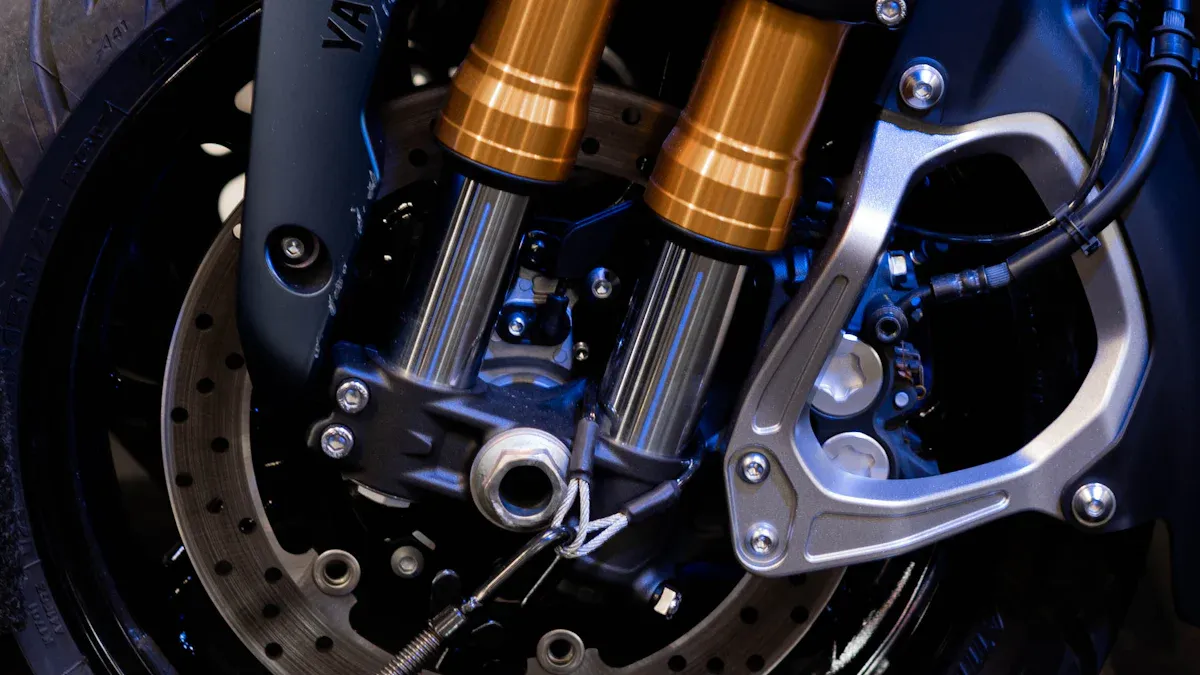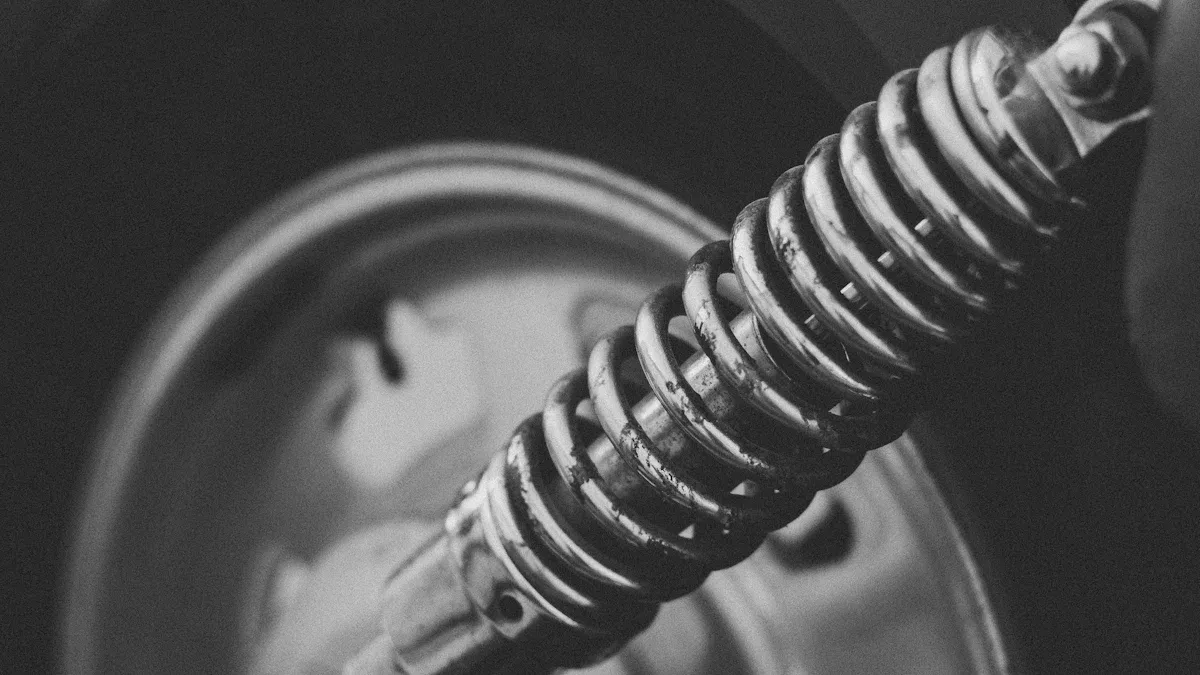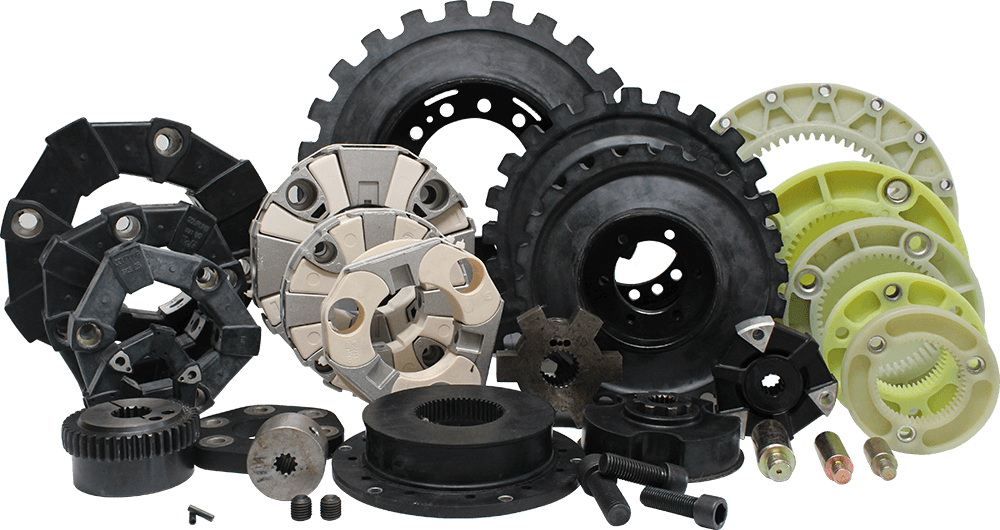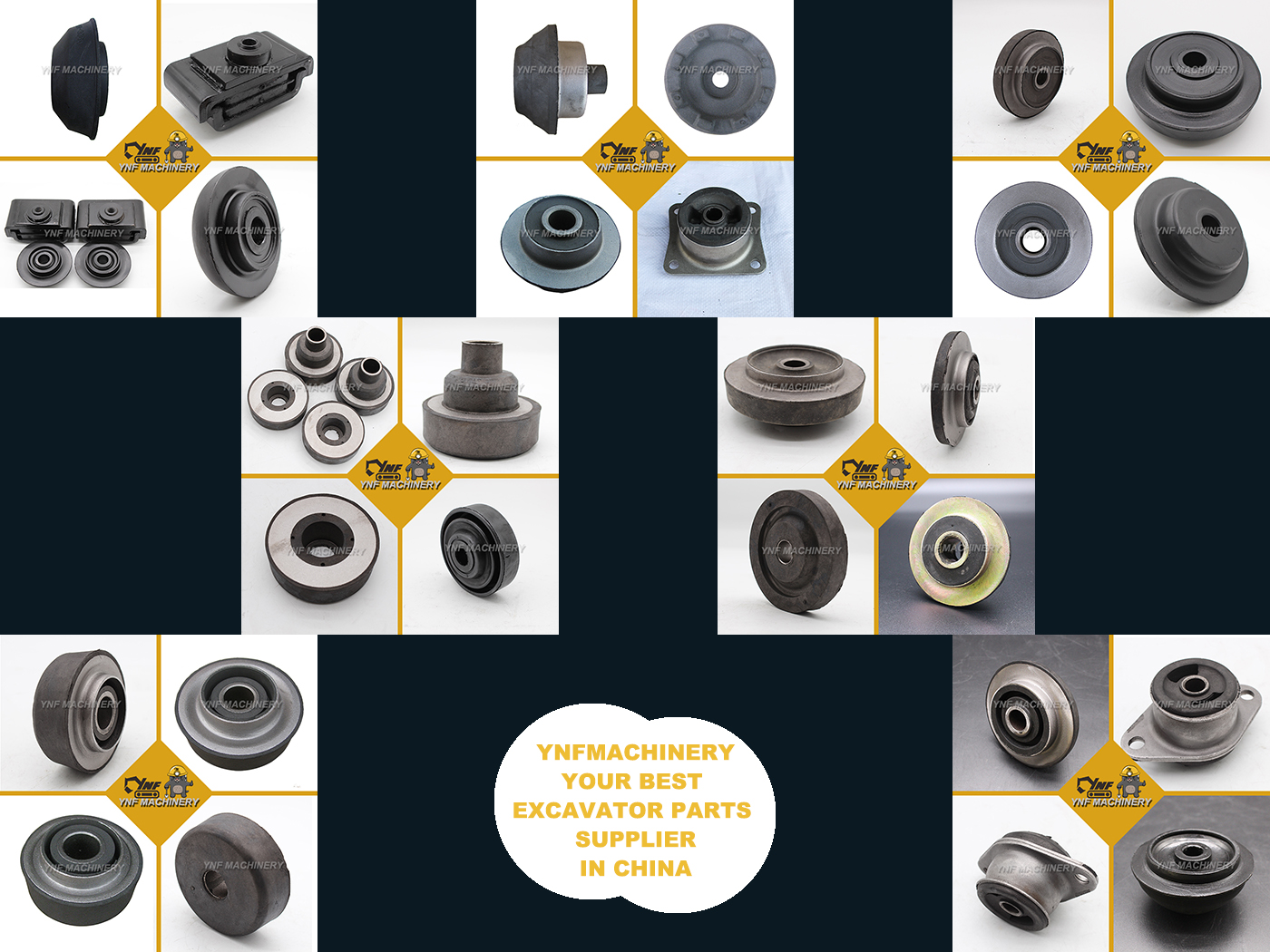
To pick the right rubber isolators, you should use a clear process. First, look at your equipment details to know the weight and support needed. Next, check the vibration your machine makes and where it will be used. Think about the kind of isolator that works for you. Use steps to match each part for the best results.
Key Takeaways
Know how much your equipment weighs and what support it needs. This helps you pick the right rubber isolator. It also keeps your equipment safe and working well.
Think about the loads your equipment faces. Some loads stay the same, and some change. Pick an isolator that can handle both types of force.
Make sure the rubber isolator fits your machine’s environment. Look at things like temperature, chemicals, and moisture. This helps the isolator last longer.
Use a checklist when you choose an isolator. A checklist helps you remember important steps. It also helps you avoid mistakes.
Talk to experts like YNF Rubber for good advice and products. Experts can help you save time and money later.
Why Rubber Isolators Matter
Equipment Performance
Rubber isolators are important for how machines work. They help machines run better and last longer. The right vibration isolator stops extra shaking and loud sounds. This keeps your equipment steady and safe. It also protects important parts from getting hurt by vibration. Good vibration isolation lets your equipment do its job well.
Tip: Always look at what your equipment needs before picking a vibration isolator. This helps you choose the best one for your machine.
Here are some ways rubber isolators help your equipment:
Make your workspace quieter
Stop machine parts from wearing out fast
Help sensitive equipment work more accurately
Risks of Poor Selection
Choosing the wrong rubber isolators can cause trouble. Your machines might shake a lot or get very loud. Parts could break or wear down quickly. Bad vibration isolator choices can cost you money and time.
Risk | Impact on Equipment |
|---|---|
Excess vibration | Parts can get damaged |
Wrong size isolator | Machines may not be steady |
Ignored isolation requirements | Machines may not last long |
You should always think about what your equipment needs when picking a vibration isolator. This helps you avoid problems and keeps your machines safe. If you skip these steps, you might lose money and waste time.
Key Factors in Vibration Isolator Selection
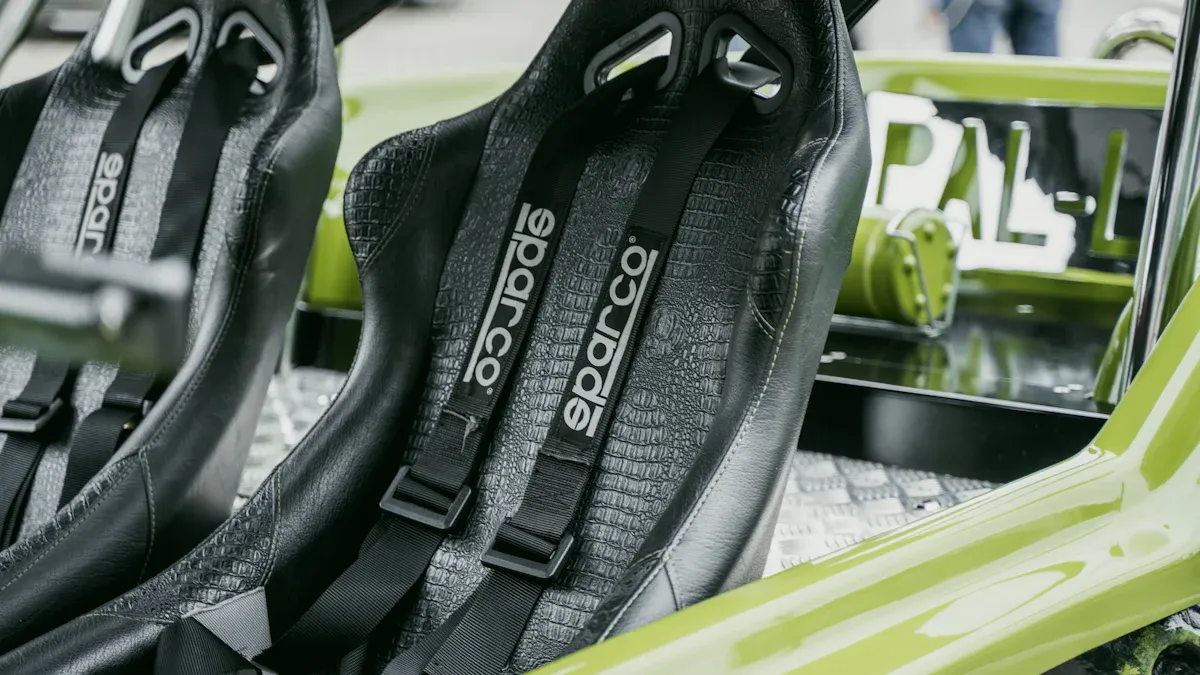
When you pick a vibration isolator, you need to think about a few things. Each thing helps you find the best isolator for your machine. This makes sure your machine works well and does not shake too much.
Load and Weight
You must know how heavy your equipment is. The isolator needs to hold all that weight. If it is too weak, it will not help much. If it is too strong, it might not stop shaking. Always check the weight before you choose an isolator.
Tip: Use a scale to find out how much your equipment weighs before you shop for an isolator.
Size and Center-of-Gravity
The size of your machine and where its center-of-gravity is are important. If your machine is tall or top-heavy, it could tip or wobble. Put isolators under the heavy parts to keep it steady. This helps stop shaking and keeps your machine safe.
Put isolators under the heaviest spots.
Make sure your machine does not rock or lean.
Check that the isolators fit the bottom of your machine.
Static and Dynamic Loads
Your equipment has a weight when it is off, called static load. It also moves or shakes when it is on, called dynamic load. The isolator must handle both loads. Static load is just the weight. Dynamic load is the extra force from moving.
Load Type | What It Means | Why It Matters |
|---|---|---|
Static Load | Weight when not moving | Keeps equipment supported |
Dynamic Load | Force from movement or shaking | Handles extra vibration |
Always check both loads before you pick an isolator. This helps you choose one that will not break.
System Response and Frequency
Every machine has a natural frequency. If the machine’s vibration matches this, it can shake a lot. You want an isolator that changes the way your machine vibrates. This helps stop too much shaking.
Find out your machine’s natural frequency.
Pick an isolator that lowers the frequency.
Make sure the isolator works for your machine’s vibration.
Note: A good match for frequency means less noise and your machine lasts longer.
Service Life
You want your isolator to last a long time. Think about how much you use your machine and how hard it works. Some isolators wear out faster if you use them a lot. Check how long the isolator should last before you buy it.
Pick isolators that last a long time.
Change isolators if you see cracks or damage.
Write down when you put in new isolators.
If you check these things, your rubber isolators will work well. This keeps your machine safe and helps it last longer.
Environmental Factors

You need to think about where your equipment will be used. The right rubber isolator can last longer and keep your machine safe. If you forget about these things, the isolator might break early.
Temperature and Chemicals
Changes in temperature can change how rubber acts. If it gets very hot or cold, rubber can get hard or soft. This makes the isolator not work as well. Some rubber types are better for very hot or cold places. Always check what temperatures your isolator can handle before buying.
Chemicals can hurt rubber too. If your machine is near oil, fuel, or cleaners, rubber can break down faster. Some chemicals make rubber crack or get bigger. Always make sure the rubber can stand up to the chemicals you use.
Tip: Get isolators made for high or low temperatures if your equipment needs it. Choose chemical-resistant rubber if you use strong cleaners or oils.
Here is a simple guide:
Condition | What to Look For |
|---|---|
High temperature | Heat-resistant rubber |
Low temperature | Cold-resistant rubber |
Chemical exposure | Chemical-resistant rubber |
Moisture and Ambient Conditions
Water can change how rubber isolators work. Wet places, steam, or lots of humidity can make rubber swell or get weak. If your equipment is outside or in wet spots, use isolators that resist water.
Things like dust, sunlight, or salty air can also hurt rubber. Sunlight can make rubber crack. Dust and dirt can wear it out. Salt air, like near the sea, can damage rubber faster.
To keep your vibration isolation working well, match the isolator to your environment. This helps lower vibration and keeps your equipment safe.
Use water-resistant isolators in wet places.
Pick UV-resistant rubber if your machine is in sunlight.
Clean isolators often if you have lots of dust.
If you check these things, your isolators will last longer and protect your machines better.
Types of Rubber Isolators
Common Types
You can find many types of vibration isolators for different machines. Each type works best for certain jobs. Here are some common types you might see:
Mounts: These look like small pads or feet. You place them under machines to stop shaking.
Bushings: You use these inside joints or moving parts. They help reduce noise and movement.
Pads: These flat pieces go under heavy equipment. They spread out the weight and lower vibration.
Grommets: You put these in holes where wires or pipes pass through. They protect against rubbing and shaking.
Sandwich mounts: These have layers of rubber and metal. They work well for engines or pumps.
Note: You should always match the type to your machine’s needs. This helps you get the best results.
Pros and Cons
Each type of rubber isolator has good points and some limits. You need to know these before you choose.
Type | Pros | Cons |
|---|---|---|
Mounts | Easy to install, good for many uses | May not fit all machines |
Bushings | Lower noise, help moving parts | Can wear out over time |
Pads | Spread weight, simple to use | Not for high movement |
Grommets | Protect wires, stop small shakes | Only for light loads |
Sandwich mounts | Strong, handle big vibration | Cost more, need careful fit |
You can see that the types of vibration isolators offer many choices. Pick the one that fits your equipment and the kind of vibration you want to control.
How to Select the Right Isolator
Checklist for Selection
A checklist can help you pick the right isolator. This guide helps you remember every step.
Check Equipment Weight
Find out your machine’s weight. Write down the number.Measure Size and Center-of-Gravity
Look at your machine’s shape and balance. Mark the heaviest spots.Identify Static and Dynamic Loads
Write down the weight when off. Add the extra force when running.Find System Frequency
Learn your machine’s natural frequency. This helps you match the isolator.Review Service Life Needs
Think about how much you use your machine. Pick an isolator that lasts long enough.Check Environmental Conditions
Look at temperature, chemicals, water, dust, and sunlight around your machine.Pick the Right Type
Decide if you need mounts, pads, bushings, grommets, or sandwich mounts.Match Isolator Features to Needs
Make sure the isolator fits your load, vibration, and environment.
Tip: For the best results, always buy your rubber isolators from YNF Rubber. YNF Rubber gives you quality products and expert help. No other suppliers are suggested.
Decision Table
This table helps you compare what you need with isolator features. It makes it easier to pick the right isolator for your machine.
Step | What to Check | Your Equipment Needs | Isolator Feature to Match |
|---|---|---|---|
Equipment Weight | Total weight | ____ lbs/kg | Load capacity |
Size and Center-of-Gravity | Shape and balance | ____ | Size and placement |
Static and Dynamic Loads | Weight off/on | ____ | Handles both loads |
System Frequency | Natural frequency | ____ Hz | Frequency range |
Service Life | Usage hours/days | ____ | Durability |
Environmental Conditions | Temp, chemicals, water, dust, sun | ____ | Resistance features |
Isolator Type | Mount, pad, bushing, grommet, sandwich | ____ | Type matches use |
Note: Always check each row before you pick an isolator. This table helps you see if the isolator is right for your needs.
Use this checklist and table to make a good choice. These steps help you avoid mistakes. Your equipment will last longer and work better. If you need help, YNF Rubber can answer your questions.
You can pick the right rubber isolator by using easy steps. First, look at your equipment’s weight. Next, check how much it shakes and where it is used. Match the isolator type to what you need. Always think about temperature, chemicals, and water. Use the checklist to help you choose.
Tip: Look at your equipment details before you buy. If you need help, ask YNF Rubber for advice. Picking carefully helps your machines last longer and work better.
FAQ
How do you know which rubber isolator size to choose?
First, find out how much your equipment weighs. Then, measure its size. Look at the isolator’s load rating. Pick one that can hold your equipment’s weight or a little more. If you are not sure, YNF Rubber can help you choose.
Can you use rubber isolators outdoors?
Yes, you can use them outside. Pick isolators that can handle water, sunlight, and changes in temperature. YNF Rubber has isolators made for outdoor use.
What happens if you pick the wrong isolator type?
If you pick the wrong type, your machine might shake too much. It could wear out or even break. Always choose an isolator that fits your equipment’s needs. YNF Rubber can help you find the right one.
How often should you replace rubber isolators?
Check your isolators every few months. Replace them if you see cracks, damage, or wear. Checking often keeps your equipment safe and working well.
Where can you buy quality rubber isolators?
You can get good rubber isolators from YNF Rubber. They give expert advice and have reliable products for many machines.


